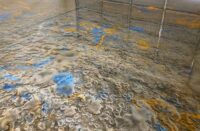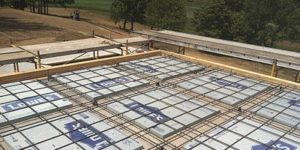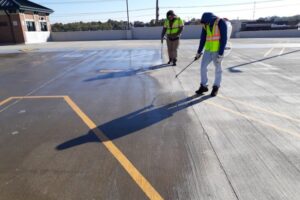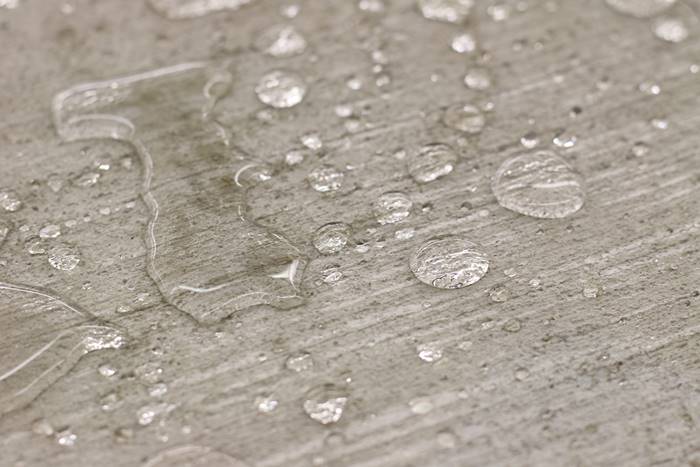
Concrete has been used as a strong, durable building material for thousands of years, dating back to many ancient concrete structures still standing today. Yet, it has one fundamental enemy it can’t escape — water. As an uptick in humidity and rainstorms wash across many regions of the country this summer, when you don’t protect concrete from water, this infiltration can lead to issues such as below-grade reinforcement corrosion, surface scaling, aggregate expansion and mold growth.
To provide sufficient workability for proper placement, compaction, mixing and transportation to the job site, most plant-batched concrete will contain excess water required to hydrate or chemically react with the cement. As concrete hardens, this excess water evaporates from the concrete and creates a network of fine capillaries and internal pores — essentially forming a “dense sponge” that allows water to transport through the surface, resulting in damage.
Here are three of the most innovative reactive technologies that concrete contractors can use to both protect concrete from water and combat water-related damage and ensure optimal concrete protection:
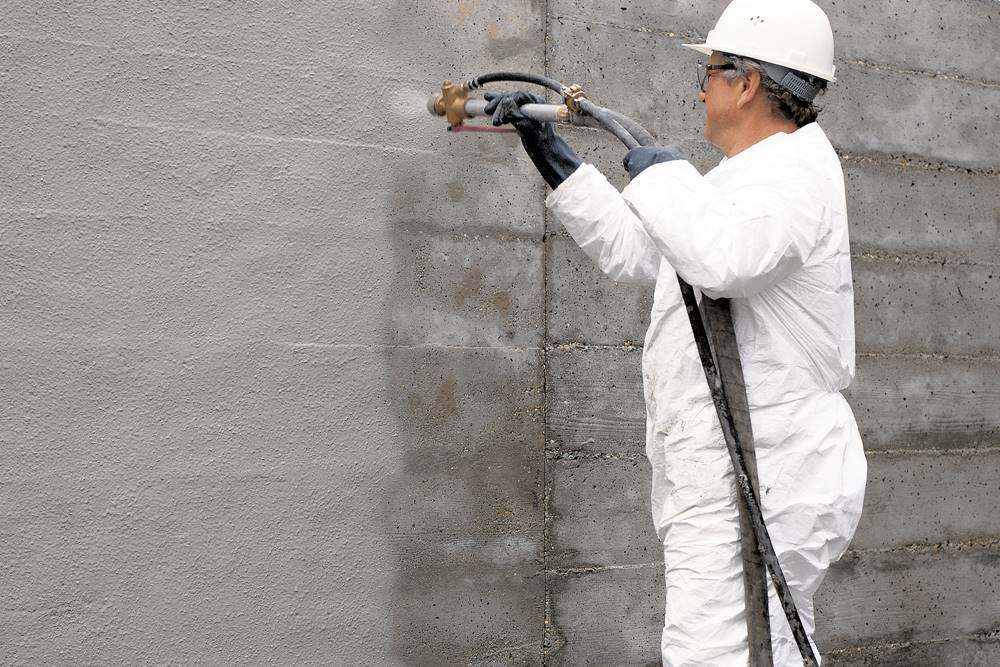
Crystalline waterproofing
Crystalline waterproofing materials can be applied as a slurry coating to an existing concrete surface, such as a foundation wall or floor slab, as well as broadcast onto fresh horizontal concrete and troweled into the surface. An alternative approach involves adding the admixture directly into the concrete at the batch plant. In all cases, the waterproofing function includes both complex chemical and physical mechanisms that take place within the concrete surface.
As concrete hardens, the reaction between water and cement generates chemical by-products, which reside in concrete’s capillaries and pores. When you apply crystalline waterproofing materials, the by-products of cement hydration and crystalline chemicals produce a chemical reaction with dense, insoluble crystal formations.
This crystalline formation will only occur where moisture is present, forming in the concrete’s pores, capillary tracts and shrinkage cracks — the same routes susceptible to water ingress. Chemical diffusion can carry these crystalline materials deep into the concrete, plugging the voids in concrete and becoming an integral, permanent part of the structure.
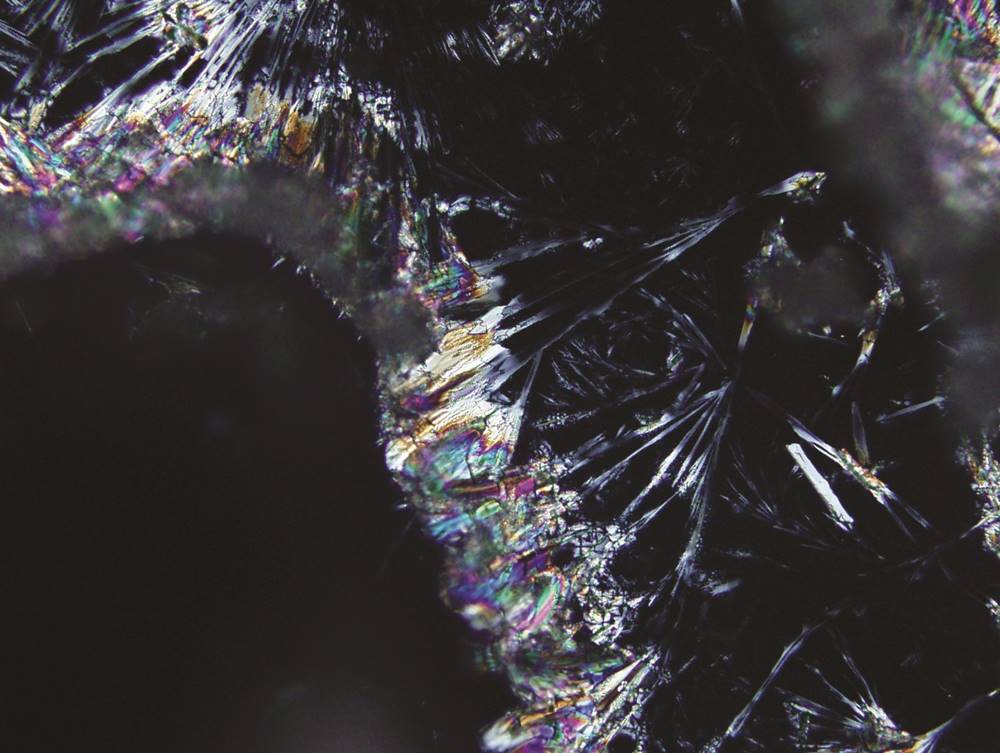
Instead of penetrating from the surface like with a coating application, adding crystalline waterproofing chemicals to the concrete at the batch plant ensures that the crystalline formation occurs uniformly throughout the slab or structure.
In addition, by adding crystalline chemicals directly to the concrete mix during batching, the same crystal growth and waterproofing functions take place in a quicker, more cost-effective manner. This is because labor associated with a surface treatment application is eliminated.
Procedural sequence for addition will vary according to the type of batch, plant operation and equipment. For most mixtures, the dosage rate of integral crystalline waterproofing admixture is 1% to 2%. This is based on the amount of cementitious material in the mix.
Silane and siloxane water repellents
The use of a waterproofing coating can be undesirable in some cases. This is due to aesthetics or the desire for a simpler application process. Certain concrete applications do not require full waterproofing. But instead can function properly with a water-repellent treatment, such as silane and siloxane.
Derived from the silicone molecule, silane and siloxane create an envelope of protection that can extend a substrate’s life even in difficult environments. Both are UV stable, reduce efflorescence and freeze-thaw damage. They are also highly wear-resistant and permit the substrate to breathe — in turn allowing interior moisture vapor to escape. Water-repellent sealers can be used to impart water repellency to a variety of porous substrates, including poured-in-place or precast concrete.
Silane and siloxane sealers do little if anything to change a substrate’s appearance. There’s no gloss, color change or hiding of the substrate underneath. This is important for architectural finishes where a waterproofing coating potentially hides the decorative feature.
While silanes and siloxanes provide excellent water repellency to surfaces, each has its own performance differences.
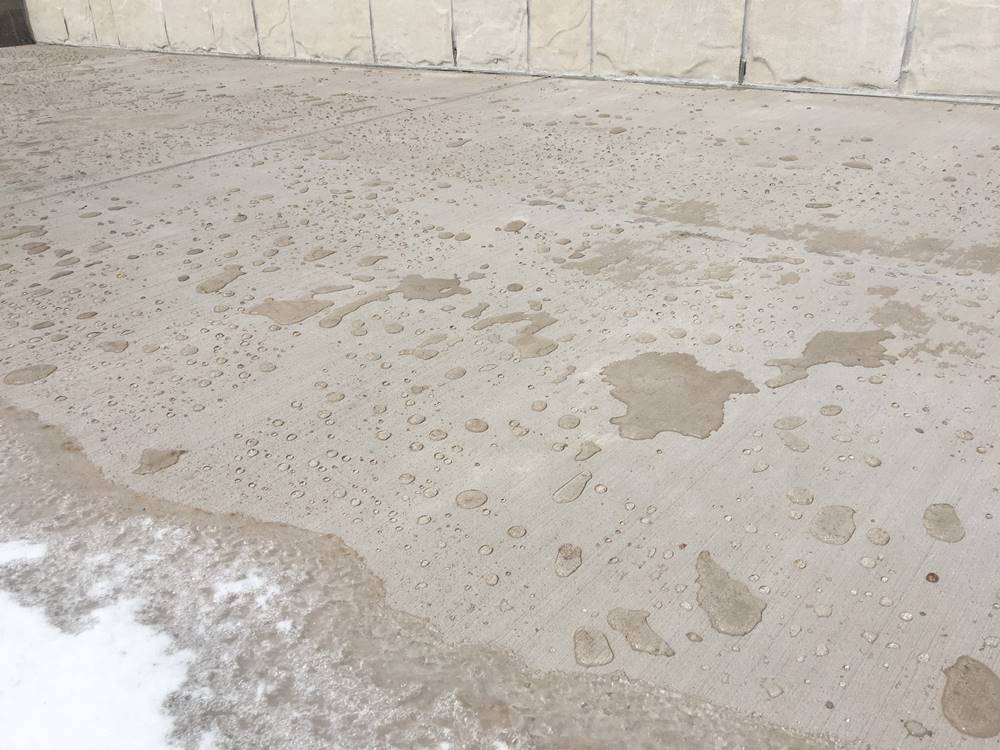
Silane-based water repellents
Corrosion and scaling due to exposure to salt spray and chemical de-icing products are primary causes of concrete deterioration. Silane-based sealers provide an extremely effective solution to prevent deterioration from water and salt.
Silanes penetrate deep because of their extremely small molecular size and ability to chemically bond with silica to form a permanent attachment to the water-repellent molecule. This creates a deep hydrophobic layer that prevents water and waterborne contaminants from entering the substrate and causing premature deterioration. Simultaneously, they coat the surface with a completely invisible finish. Additionally, they provide a chemical “screen” that prevents chloride ions from reaching embedded steel in concrete.
Once applied, silane water repellents penetrate the substrate and react chemically with calcium hydroxide. This forms a hydrophobic, water-repellent resin within the pores and on the surface. For this chemical reaction to take place, the substrate must be alkaline (high pH) and contain calcium hydroxide.
Because silanes don’t change the skid or slip resistance of concrete, they’re ideal for concrete surfaces such as walkways, bridges and roadways. Silanes aren’t effective in sealing other substrates such as natural stone, clay, brick or wood.
Because silanes consist of smaller molecules than siloxanes, they’ll typically penetrate deeper than siloxanes. The will alos perform better on dense surfaces such as poured-in-place and precast concrete.
A consequence of their small molecular size is that silanes are quite volatile. So, the solids content of a silane water repellent should be high enough to compensate for the evaporation of reactive material during application and curing.
Siloxane-based water repellents
Siloxanes have a slightly larger molecular structure. They are also somewhat effective on substrates up to medium porosity, such as heavyweight, smooth-faced and concrete block. Despite being closely related to silanes, the siloxane-based chemical composition doesn’t encourage rapid evaporation. The solids content and cost of a siloxane-based sealer is typically less than silanes.
Unlike silanes, siloxanes aren’t dependent on substrate pH to react. They can react with atmospheric moisture, as well as any moisture in the substrate, to form the hydrophobic resin. For this reason, siloxanes are ideal for treating non-cementitious building materials such as brick, stucco and stone.

